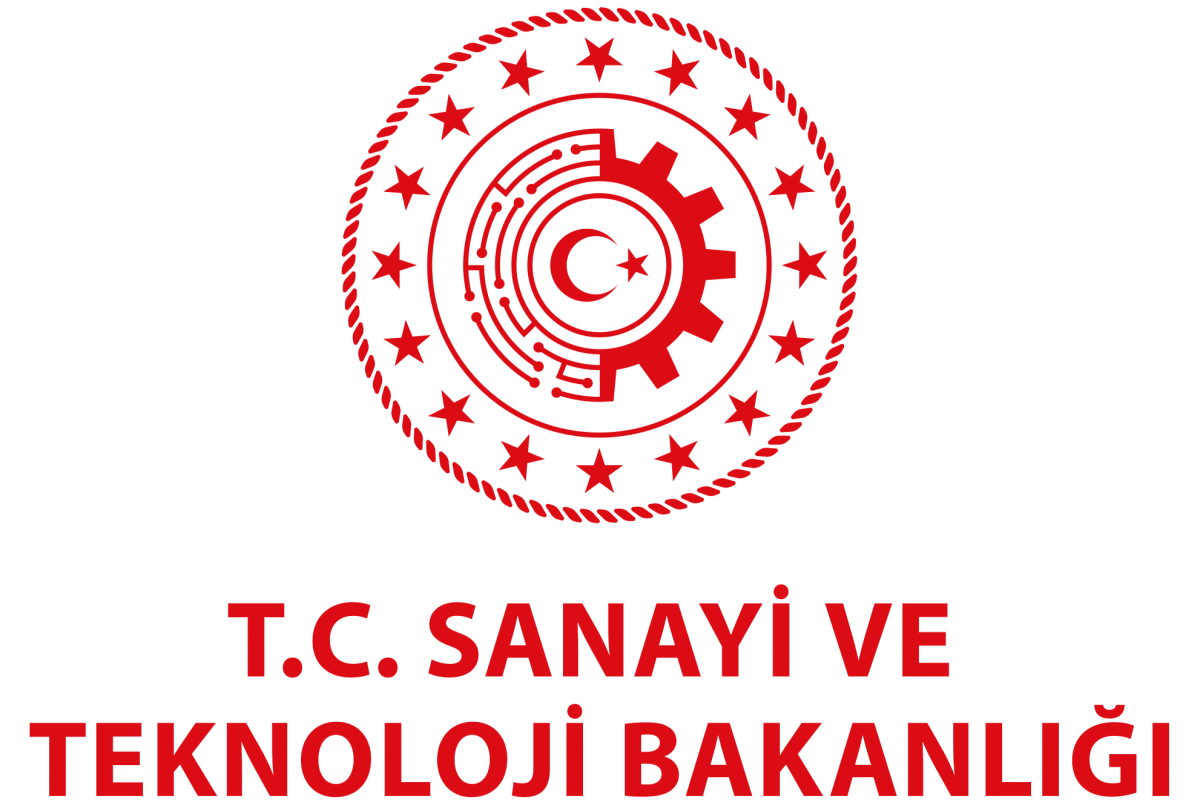Force Laboratories consist of three sub divisions, so their names are Force, Hardness and Torque Laboratories. Services provided by the laboratories and their area of work can be summarized as follows:
FORCE LABORATORY
Standard forces are obtained fundamentally on the base of static force measurement principle, corresponding to Newton's 2nd law (F=m.g). The systems which generate the forces by using this principle, called as Force Standard Machines (FSM). Dead weights, hydraulic amplification, lever amplification and multiple transducer system are varieties of force standard machines. National force scale is established considering to all these measurement system. These types of systems are used for calibration of force measuring devices (i.e. proving rings, dynamometers, load cells, force transducers). The term, force measuring device; defines the whole including component which is elastically deformed when load or force applied on it and systems enable us to read this deformation mechanically or electrically.
Today, national force scale of Turkey is established in between the range from 0,5 N up to 3000 kN. Force Laboratory, realizes the whole force measurements in primary level, Laboratory calibrates force proving instruments on tensile and compression modes liable to do the duties mentioned below.
Technical Properties of TÜBİTAK UME Force Standard Machines
|
Measurement Range |
Measurement Uncertainty |
Type of Force Standard Machines (FSM) |
|
0.5 N - 200 N |
2 x 10-5 |
Dead weight FSM |
|
20 N - 600 N |
2 x 10-5 |
Dead weight FSM |
|
100 N - 11 kN |
2 x 10-5 |
Dead weight FSM |
|
2 kN - 110 kN |
2 x 10-5 |
Dead weight FSM |
|
20 kN - 1100 kN |
1 x 10-4 |
Lever amplification with dead weight FSM |
|
50 kN - 3 MN |
5 x 10-4 |
Built-up hydraulic FSM |
HARDNESS LABORATORY
Hardness is a widely used material property and it is defined as the resistance which a material shows against static or dynamic loading conditions. When hardness is measured in accordance with this definition, the material is deformed under standardized conditions and size of the deformation is measured. The measurement principle is the smaller deformation the harder the material.
The most frequently and widely used hardness scales are Rockwell, Brinell and Vickers scales for metallic materials and Shore and IRHD for plastic and rubber materials. These measurement procedures are based on static force application. Behaviour of the material against loading under dynamic conditions is studied with dynamic hardness measurement procedures.
UME Hardness Laboratory, like other metrological fields, constitutes the national hardness scale and provides its propagation to industry and other users requiring it. Hardness reference blocks are calibrated in Rockwell, Brinell and Vickers hardness scales by making use of primary hardness standards with highest accuracy in UME Hardness Laboratory
TÜBİTAK UME Hardness Measurement and Calibration Standards
|
Device Name |
Scales |
Uncertainties |
|
Rockwell Hardness Standard Machine |
HRA - HRK, HRN, HRT |
0,5 HRA, HRC, HRD; 1,0 HRB |
|
Brinell-Vickers Hardness Standard Machine |
HV5 – HV100
HBW1/5 HBW1/10 HBW2,5/15,625 HBW5/25 HBW1/30 HBW2,5/31,25 HBW2,5/62,5 HBW5/62,5 HBW10/100 HBW5/125 HBW2,5/187,5 HBW10/250 HBW5/250 HBW10/500 HBW5/750 HBW10/1000 HBW10/1500 HBW10/3000 |
1 % |
|
Micro-vickers Hardness Calibration Machine |
HV 0,05 - HV 2 |
1 % |
|
Indentation Measurement System |
0,02 mm - 10 mm |
0,2 mm |
|
Rockwell and Vickers Hardness Indenter Calibration System |
120º and 136º Angle, 0,2 mm Radius |
Angle: 0,05º, Radius:1 mm |
TORQUE LABORATORY
The aim of the torque laboratory is the realization and maintenance of primary torque standards and the establishment of the national torque scale to transfer to industries. The primary level torque standard of our country was established with the 1000 N.m TÜBİTAK UME dead weight torque standard machine, by which torque measuring devices are calibrated by the TÜBİTAK UME Torque Laboratory.


